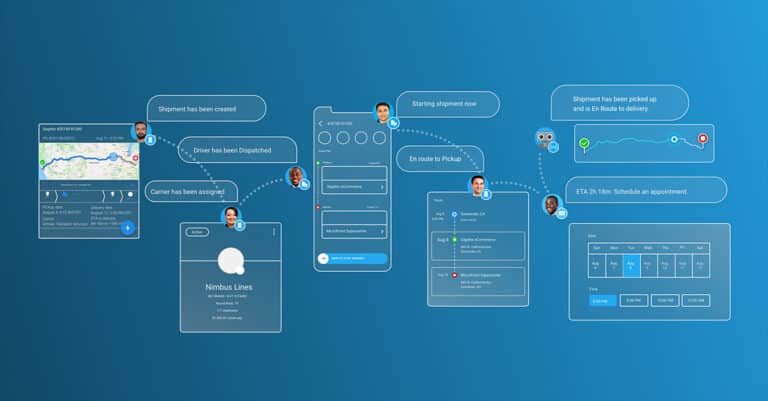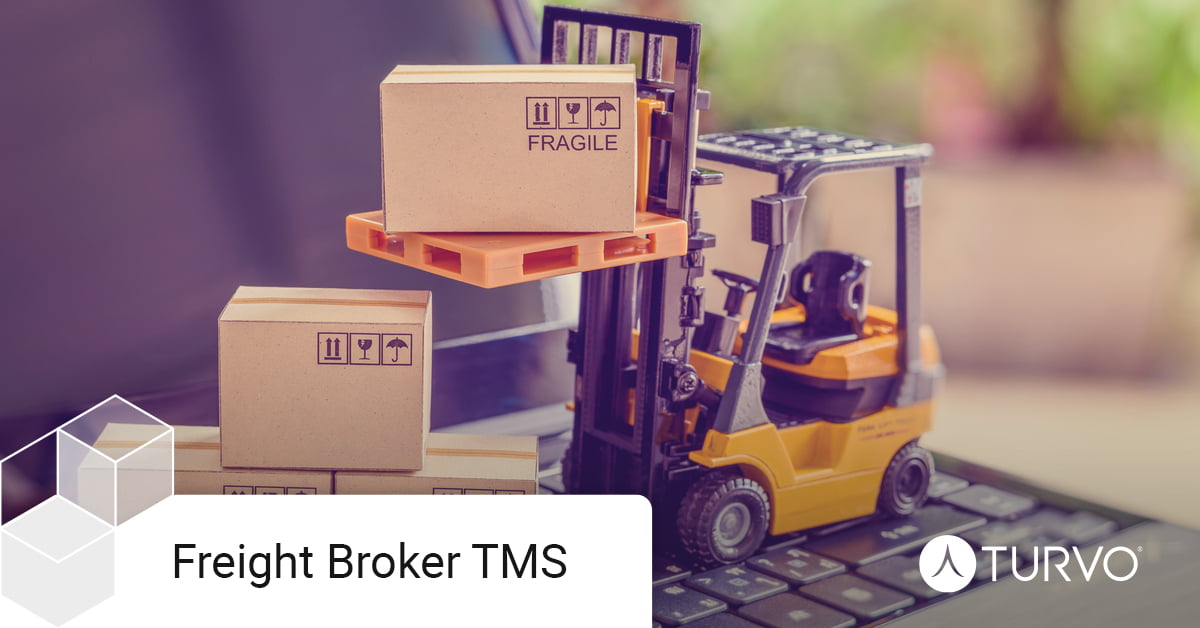Freight brokers face a perilous future of uncertain profitability. According to TruckingInfo, “gross margins and revenues were down for freight brokers in the third quarter of 2019, but cost reductions allowed brokers to stay profitable.” At the height of the 2020 supply chain disruption caused by COVID-19, the outlook remains ambiguous. In response, more companies want a freight broker TMS. But, that’s a misnomer in the first place. Describing a system of use as a freight broker TMS is not the most accurate description. Instead, freight brokers need something more—a full set of controls and features that unify logistics management and save money. How? To answer that question, brokers need to understand the issues affecting the market, what a freight broker operating business ecosystem looks like, and why it enables a proactive, accessible management strategy.
Profit Margin Slippage Presents New Challenges for Freight Brokers
Industries across the globe continue to experience shrinking profit margins. Among freight brokers, gross margins fell to 16.1% in the third quarter of 2019. However, such rates remained 15% above the third quarter of 2018. More troubling, the improvements of 2018 were reliant on brokers cutting labor and non-labor expenses, and load counts decreased in the second half of 2019 compared to 2018. Why?
Freight brokers serve as intermediaries, helping shippers and carriers connect. Unfortunately, the rise of 3PLs and SaaS systems led to a ubiquitous issue—freight brokers aren’t, strictly speaking, a necessity to manage the modern supply chain. But, it’s imperative to not overlook their value. In fact, freight brokers are experiencing a resurgence of demand in response to increased consumer demands. The need for more data and functionality also resulted in the use of multiple systems for each carrier, shipper, 3PL, or other involved parties. The proliferation of SaaS offered advantages at the cost of complex, cumbersome management of dozens of systems, thousands of provisioned assets, and more. That’s the issue; too much data and too many platforms to manage, contributing to inefficiencies where efficiencies are supposed to be paramount and plentiful.
What Does a Freight Broker Operating Business Ecosystem Look Like?
A freight broker TMS implies the ability to schedule shipments only. However, that’s not the value-add of most systems, so why would any broker limit their capabilities? They need more, including these critical functions:
-
An integrated system that represents a single pane of glass—a single access and management point for everything.
-
Ability to see inventory-specific data, not just shipments, which is a critical concern for brokers working to consolidate and deconsolidate freight.
-
Brokers need a way to schedule appointments for pick up, including pick up after traditional business hours.
-
They want a way to understand what’s happening in the supply chain, relying on analytics to measure carrier performance, shipper reliability, external factor influences, and more.
-
Brokers want a way to share data and eliminate those troublesome calls from shipper tenants asking, “where’s my freight?”
-
Users need a platform that centralizes document storage and reduces the hassle of maintaining records for compliance and payment purposes.
-
They want a feature to integrate payment management and completion within the same platform.
-
Comparable to payment management, brokers need a way to validate and execute contracted services.
-
Lastly, they want the comfort of managing freight from anywhere—at home, in the park, from a tablet, from a phone, from a PC, or from a terminal on the dock of a new and upcoming shipper with little experience in supply chain management—that’s it.
Freight brokers want and need a universal, accessible, and integrated way to handle everything in one network with all key stakeholders. Would a freight broker TMS do the trick? It could, but it still is likely to fall short of the universal, single pane of glass that’s the hallmark of efficient supply chain management.
How Does a Complete Freight Broker Ecosystem Benefit Performance and Profitability?
Brokers know what they want, but how exactly could a complete ecosystem leverage the ideas behind traditional freight broker TMS and combine it with the full size and scale of a unified system? The answer lies in the ways a single pane of glass gamifies supply chain management. As explained by Material Handling & Logistics, gamification through a unified system builds a degree of competition into each interaction between your agents and customers—encouraging more bookings and better profitability.
Document Management
In terms of documentation management, unified systems eliminate stress and delays. Think about it; instead of searching hundreds of documents amid dozens of systems, centralized storage within a single platform saves time and hassle.
Analytics
Instead of waiting weeks to create a carrier scorecard for use next year, unified systems enable access to real-time performance measurement for carriers, shipper relationships, and any other logistics service provider too.
Payments
Rather than dedicating five minutes to handle each payment initiation, regardless of by check or ACH, freight brokers could use an integrated payment process, such as Turvo Pay, to automate the process and shorten the payment clock. That has a natural benefit for supply chain partners—the tenants so often described as connected parties through a system of use. Tenants gain access to their information, given appropriate permissions to limit access to non-relevant data and create self-service capabilities.
Automation
Automation further enables efficiency by reducing the amount of time spent on menial tasks. If it is redundant and repetitive, which the whole supply chain is, it carries the opportunity for automation. Moreover, the level of process support that effectively bundles key tasks, such as payment management and review of documentation, into a single service within a unified platform empowers brokers with efficiency and complete visibility. Those functions also apply to load board tracking and use to maximize utilization of a variety of logistics service providers and keep overhead under control.
Reap the Rewards of a Freight Broker TMS—Rather, A Freight Broker Operating Business Ecosystem—With Turvo
Every company on the planet wants digitization, but at what cost will these companies sacrifice efficiency for the sake of efficiency? Yes, a freight broker TMS can help, but without a comprehensive suite of resources that track and enable proactive management and lessen the work behind each interaction, efficiency goes out the window. Turvo can help your business achieve greater profit margins, improve cash flow, build better relationships with your supply chain tenants, and finally unlock the secrets of collaboration. Request more info about the Turvo Collaborative Logistics Platform here.








